Finally, that great day has arrived, after nine long months. The precious being is in your arms, everyone is happy and excited. New parents are afraid of the moment when the baby will start to cry. All inexperienced parents have gone through that situation, and later they remember those moments laughing.
A few months have passed, and you have just entered the routine of breastfeeding, changing clothes, getting up at night, bathing, and even the initial forms of communication with the baby. You think that you are already a trained professional and that little can surprise and scare you.
However, you will soon see that you are greatly mistaken! A continuous cry begins, for which you do not see a reason or a cause. Both you and your baby are upset, as well as dad, grandma and grandpa… Everyone has some assumptions and advice, but the crying doesn’t stop. It goes on, day and night, so that the regular, established rhythm is lost, and you are in a panic and increasingly helpless.
Finally, someone accidentally discovers that teething is starting, the age of horror for new parents. How to deal with the new situation and how to make it easier for both the baby and yourself?
Symptoms of teething:
- increased salivation (secretion of saliva)
- swollen gums
- restlessness and nervousness
- weaker appetite and sleep
- rash around the mouth, neck and trunk
- nappy rash
- diarrhea
- sometimes elevated body temperature
It is a well-known fact that tooth growth is a physiological and not a pathological condition. Some pediatricians believe that, for this reason, it should not be followed by fever, diarrhea and diaper rash.
However, practice has shown that despite the fact that teething is a completely natural and normal process, there is still a drop in immunity and with it, various ailments that the baby goes through, sometimes.
Teething rash:
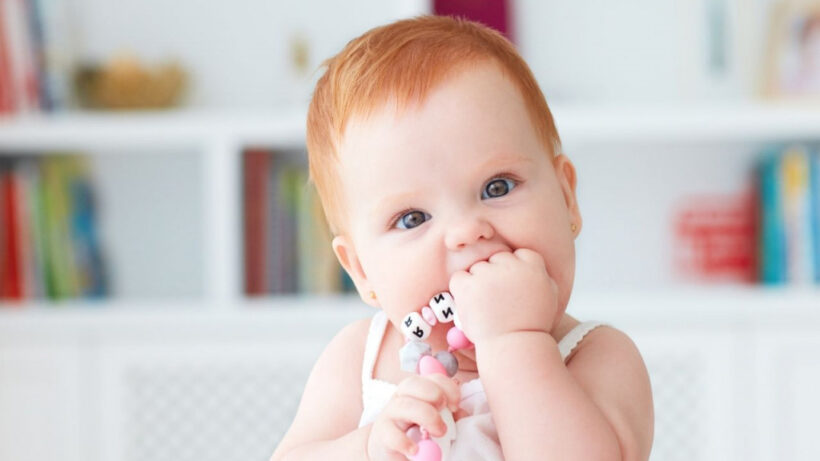
This phenomenon implies a small red rash or redness of different sizes and irregular shape, which can be found around the mouth, due to increased salivation and digestive enzymes that, in this way, remain on the skin and corrode it.
Constant moisture around the mouth and on the chin causes the growth of fungal colonies, burning, itching and affects the baby’s appetite and nervousness. As a result, sleep is poorer, irritability and crying are inevitable.
Sometimes a rash on the chest, around the neck, and even on the stomach appears to pediatricians as an allergy to some substance or a viral rash, so it can contribute to the wrong conclusion.
That’s why the experience and expertise of a pediatrician, who will determine what it is about and advise what should be applied and in what way, is irreplaceable. You should learn more about best baby powder for diaper rash so that you can also take necessary actions to solve this problem.
Diaper rash:
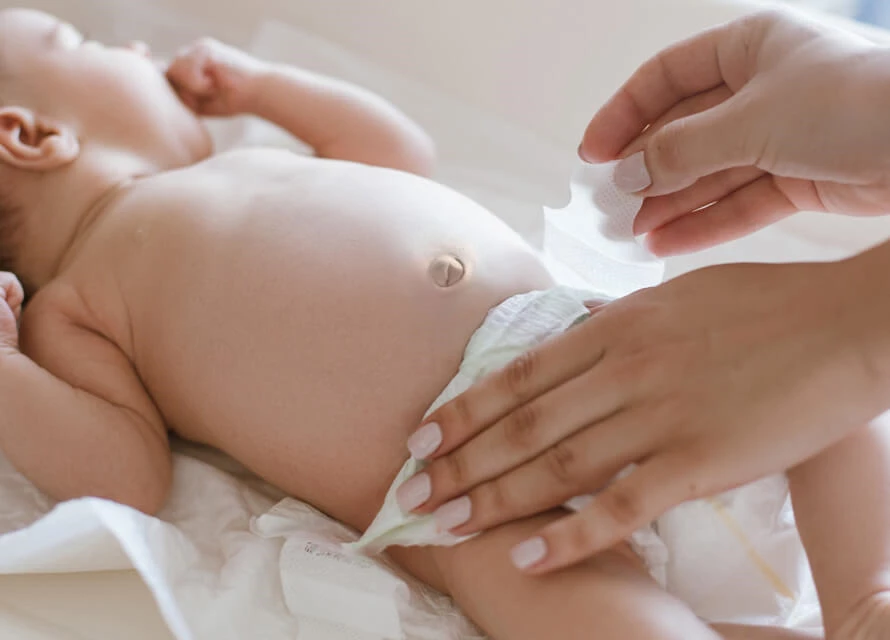
Diaper rash is extremely unpleasant and irritating for the baby. Imagine a skin wrapped in diapers, still red, irritated and painful. It’s no wonder that children have a hard time bearing it, adults wouldn’t behave better in that situation.
There are a few golden rules to follow in cases of diaper rash:
1. Keep the skin clean and dry
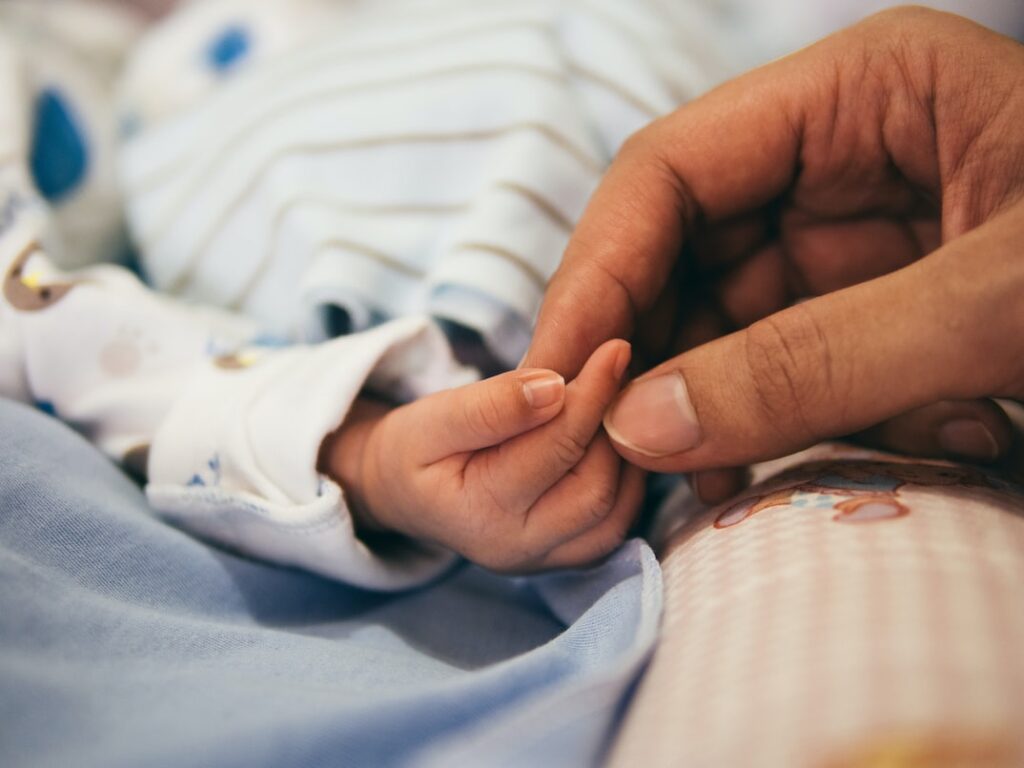
The most important rule is that the skin under the diaper should be clean and dry. This means that you should not use wet wipes, but bathe the child in clean, lukewarm water with a little soap and then dry him well with a clean towel. You must do this several times a day, and you can also dry the skin with a hair dryer from a distance.
Put your own jacket in front of the hair dryer, turn on the low temperature and gently dry all the folds. Neither bacteria nor fungi multiply on a clean and dry surface, and this method is guaranteed to help.
2. Expose the skin to the air
This is also of great help. If you are in a situation where the child is without a diaper, as long as possible, it is ideal to prevent diaper rash. So, after bathing and drying, it would be best to leave the child lying down for as long as possible.
Of course, you will make sure that the temperature in the room is not low. If it’s summer and the day is warm, it would be great to expose the baby to the beneficial effects of oxygen and sunlight, somewhere in the dappled shade.
3. Use baking soda
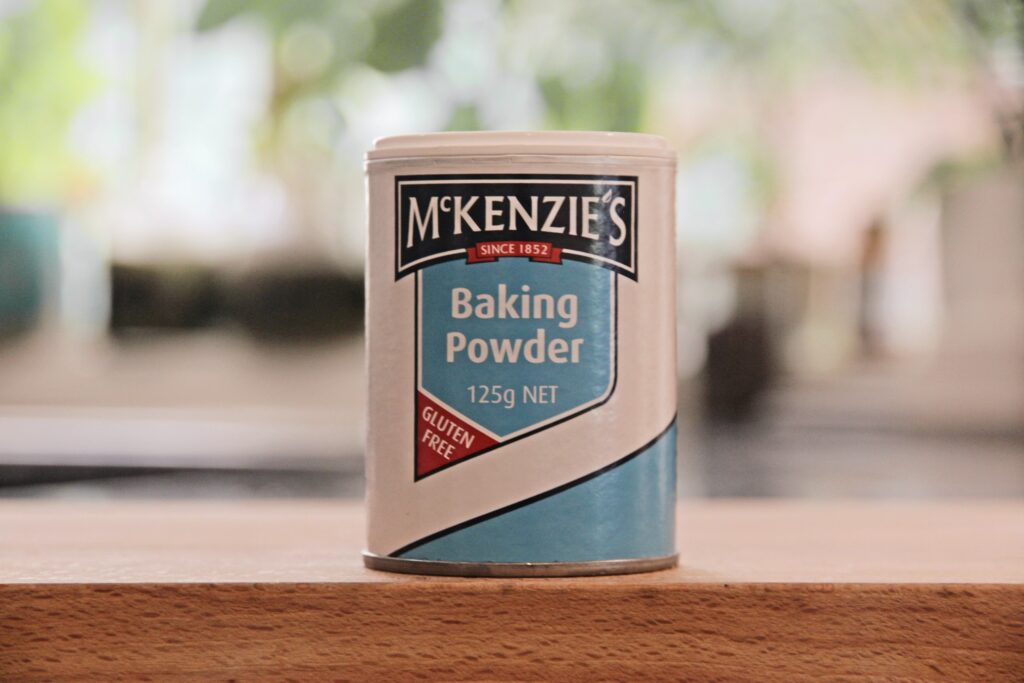
Baking soda is very effective, in many cases, and it is easily available, cheap and completely non-toxic. Rinse the washed children’s skin with a solution of water and baking soda, and in this way you will alkalize the surface.
Digestive enzymes and acid, which is present, through secretions, will be neutralized and therefore the redness and rash will start to calm down and go away.
4. Vaseline and coconut oil
Vaseline and coconut oil are highly recommended and useful for diaper rash. After thorough washing and drying, apply one or the other product.
In this way, the skin is moisturized, nourished, and a barrier is created between the moisture and the skin. Coconut oil also has an antifungal effect on irritated skin, so the effect is enhanced.
5. Cortisones and antibiotics
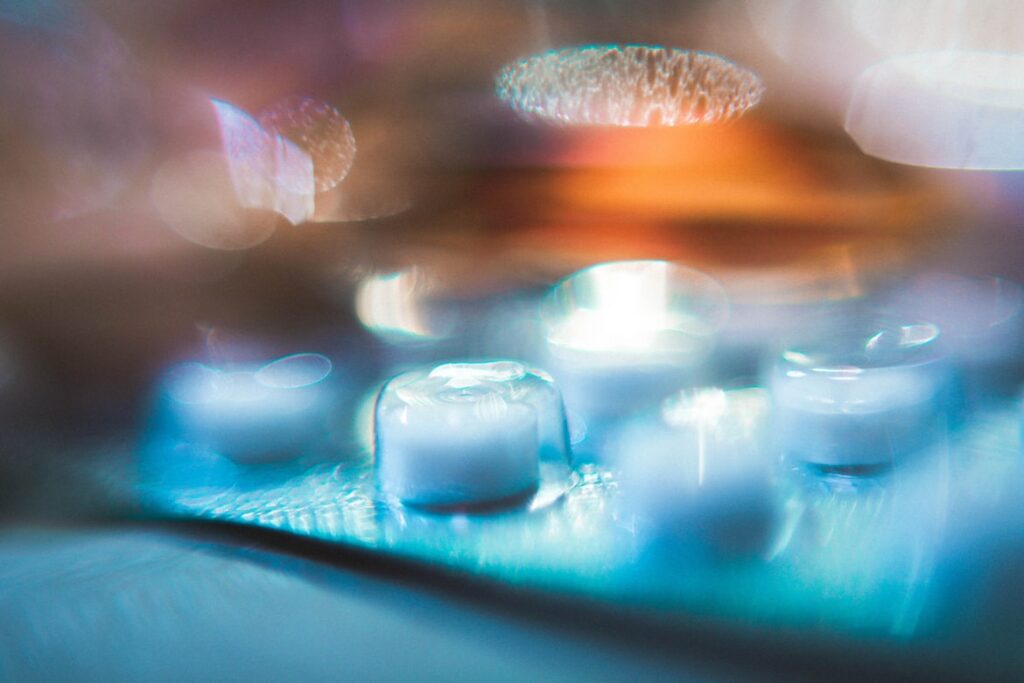
Cortisones and antibiotics are used, if absolutely nothing else has helped, and the diaper rash has no intention of going away, but is still spreading. Poston and one, and other drugs are not completely harmless, it is necessary to have them prescribed by a pediatrician or dermatologist.
Cortisone is a hormone-based cream or ointment that works very quickly and effectively against diaper rash and many other skin diseases and symptoms.
It must not be used for a long period of time, because there are many contraindications, especially on an underdeveloped, children’s organism. This also applies to antibiotics, regardless of the form in which they are prescribed.
When the diaper rash begins to recede and you notice a significant improvement, go for a check-up, then continue with less aggressive methods, which will lead the diaper rash to complete healing.
6. Drugstore creams
After you bought best powder for diaper rash you can check a large number of creams, which are made just for delicate children’s skin and all situations in which it can be found. From regular care, through a classic rash, to a rash provoked by the growth of teeth.
Before you decide to buy one of these creams, carefully read its composition and choose the one with as little chemistry and additives as possible.
7. Adjust diet
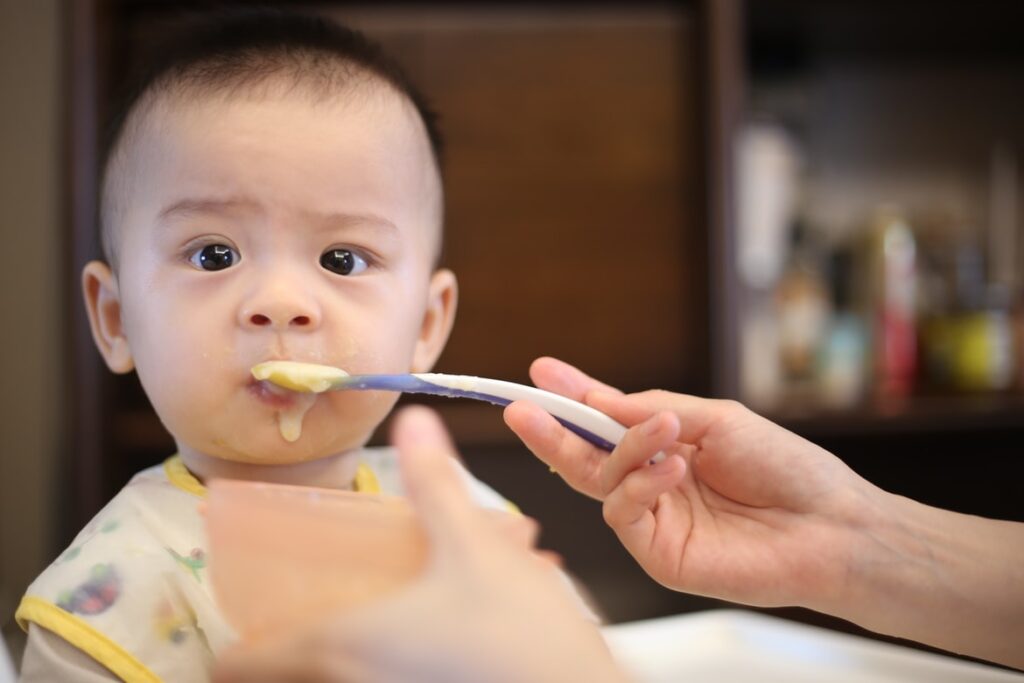
During these few days, as long as the problem with rashes, nervousness, and poor appetite last, give the baby plenty of water, hydrate her and rinse her body, that way.
Give her more cereals, bananas and, in general, alkaline food.
Conclusion:
As difficult and unpleasant as it may be, frustrating for the parents and exhausting for the baby, know that this is a situation that passes quickly. Most children and parents have experienced diaper rash and other problems caused by teething, and it is forgotten as soon as it passes.
Suddenly, everything goes back to its place, your routine continues, and your sweetheart smiles at you, showing off a new tooth. All difficulties and inconveniences fall into oblivion before the charm of a new smile, until the next tooth and the next diaper rash.

